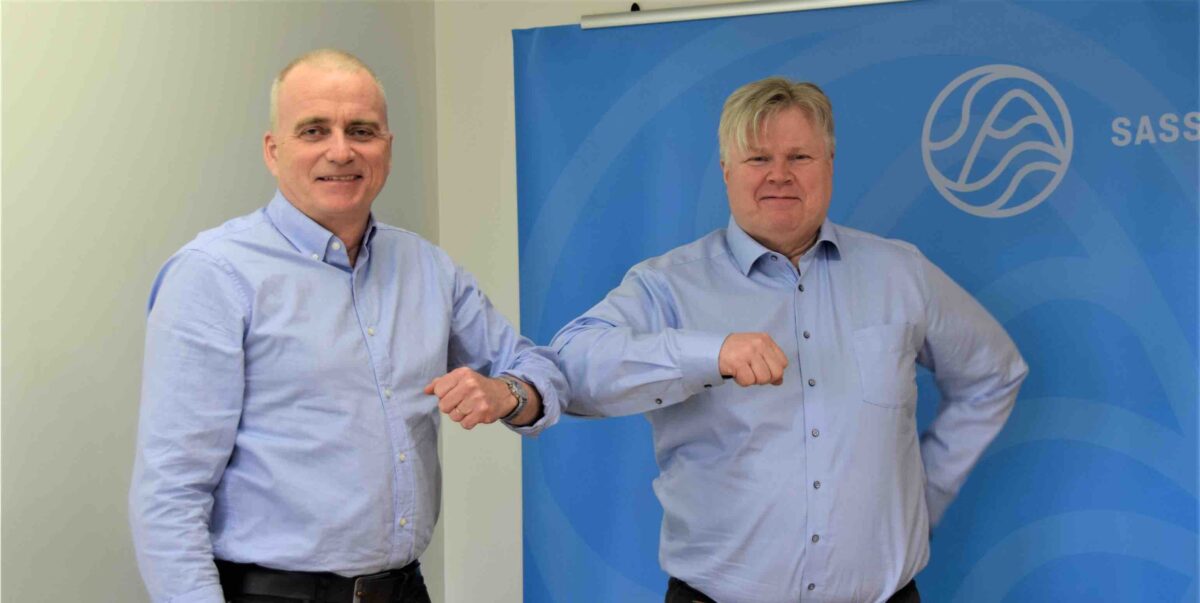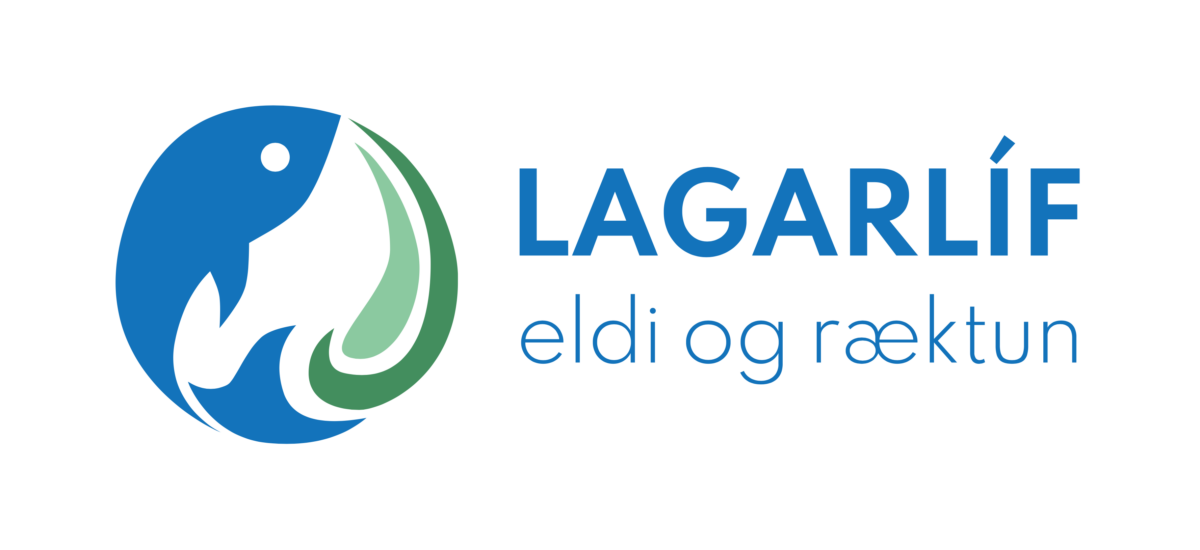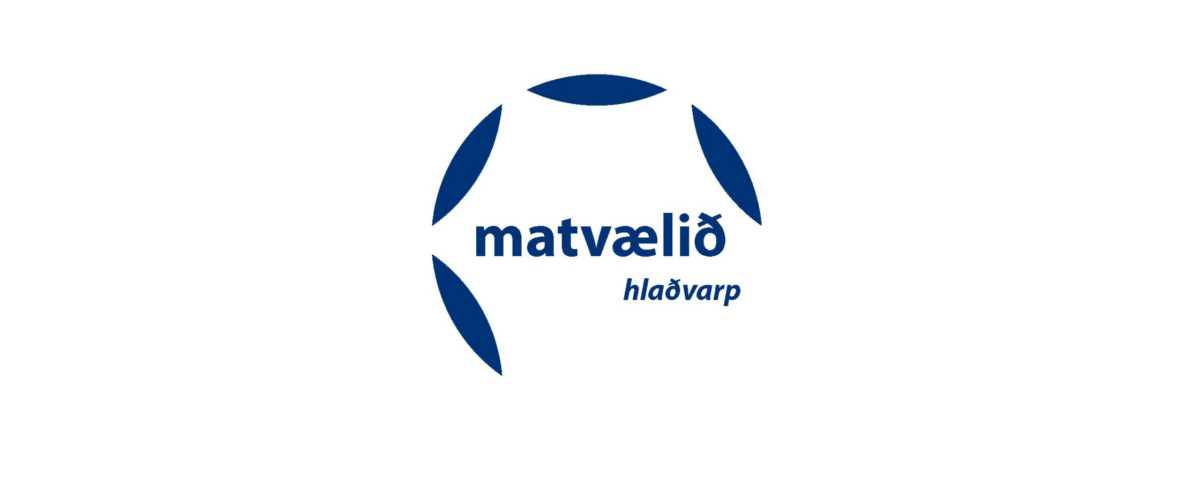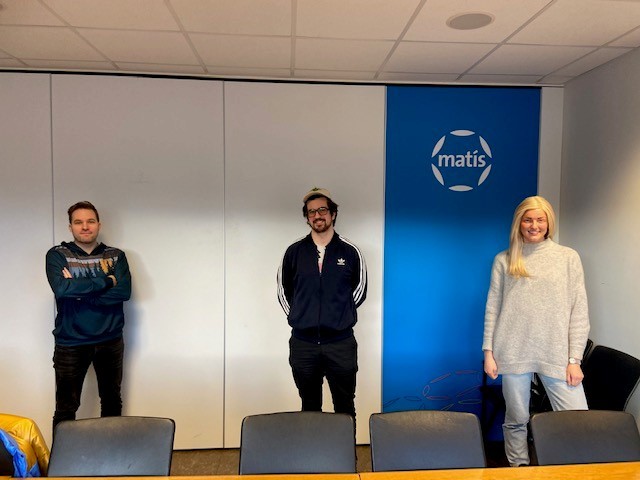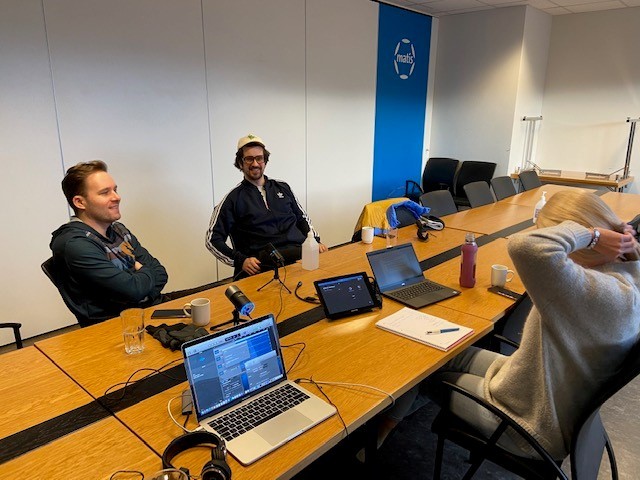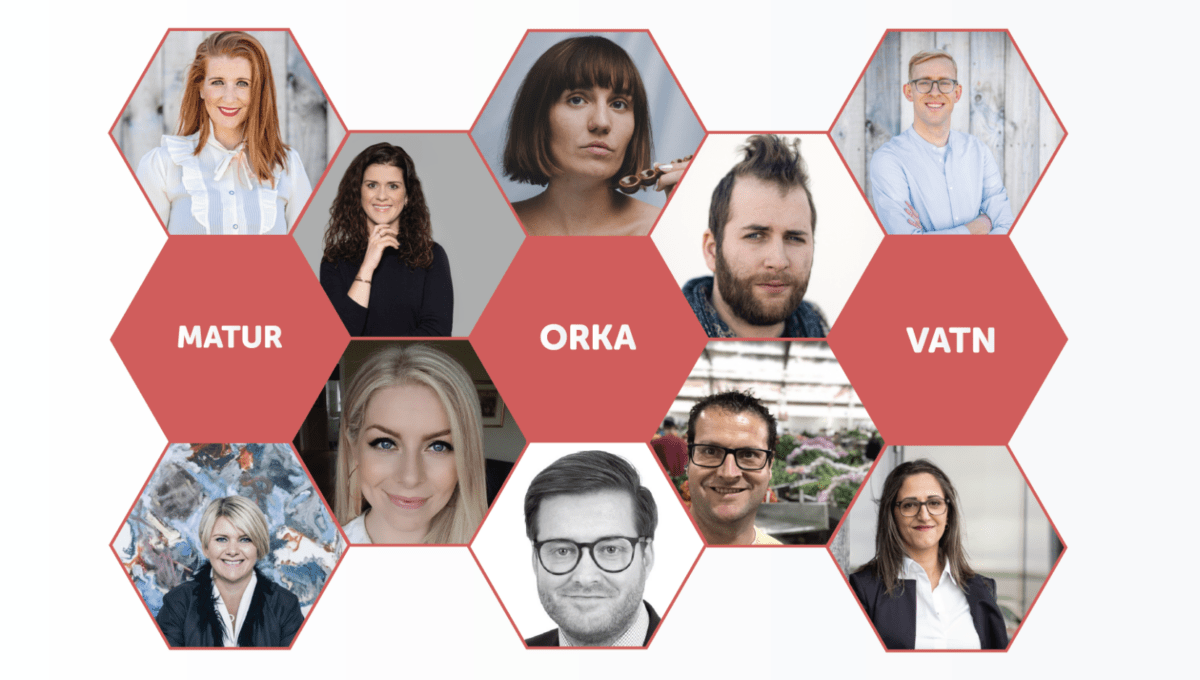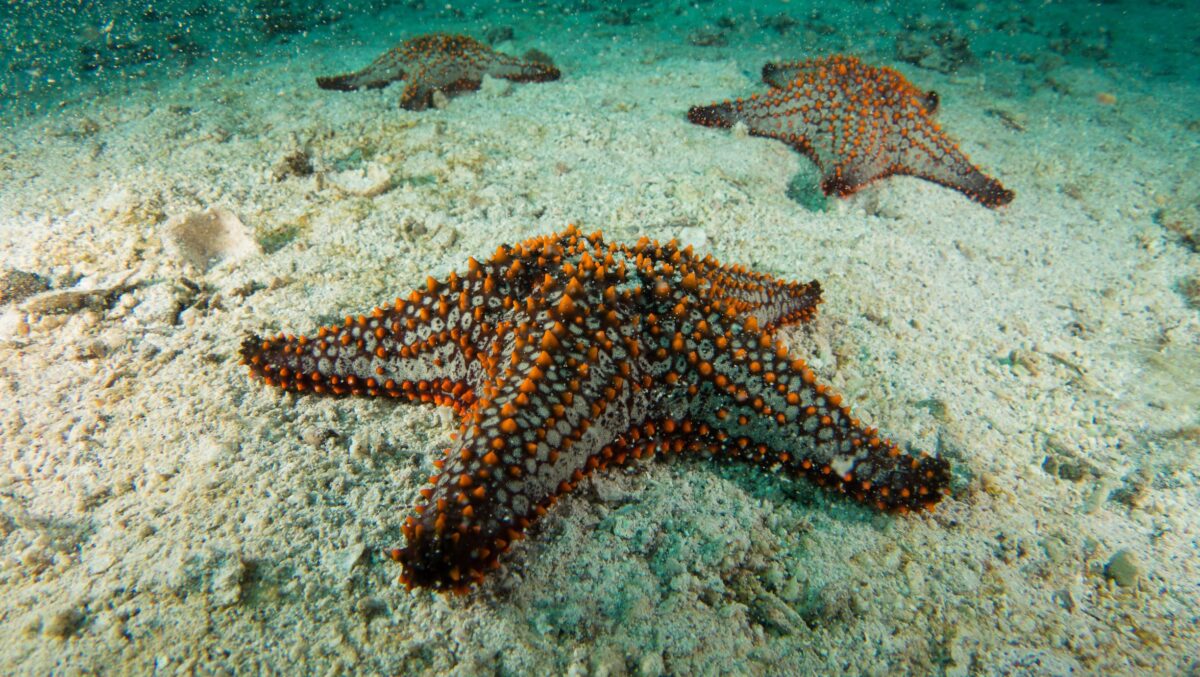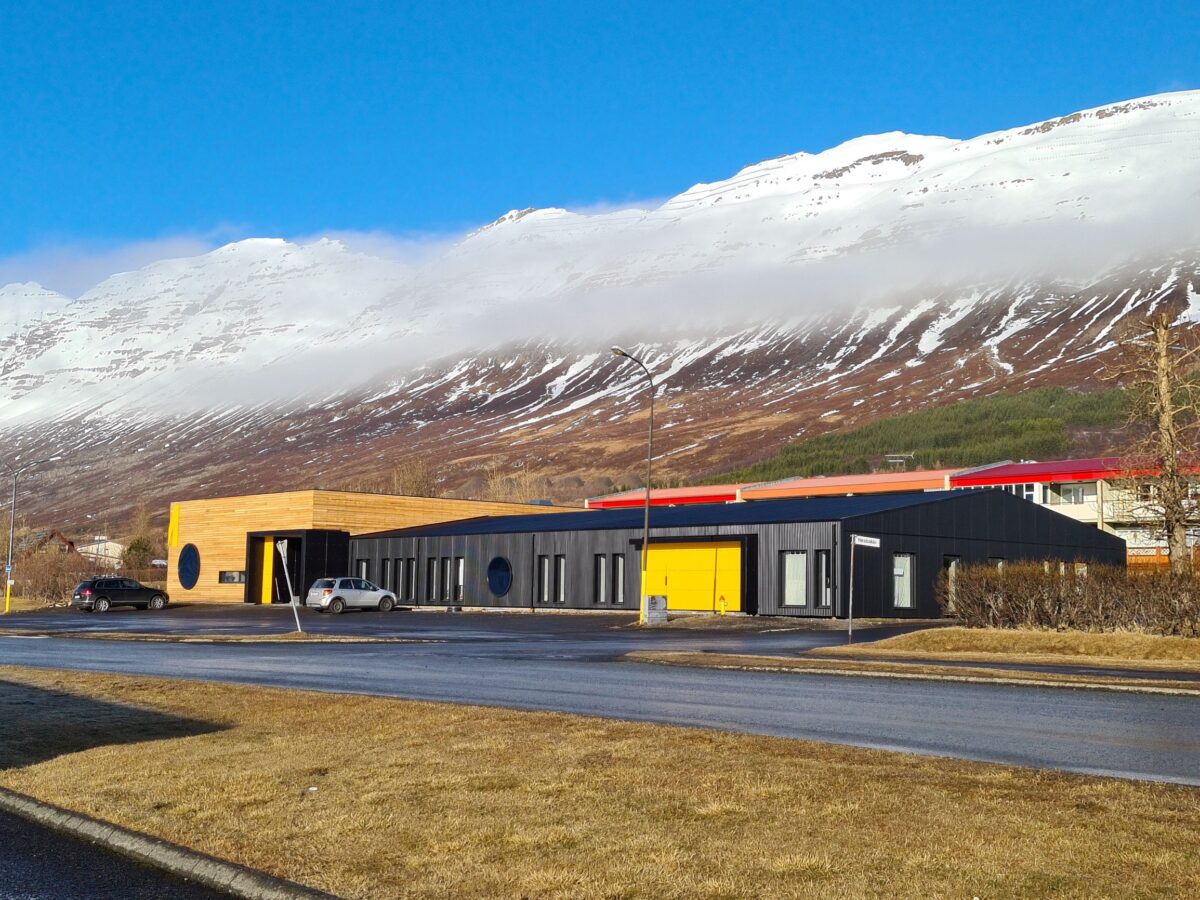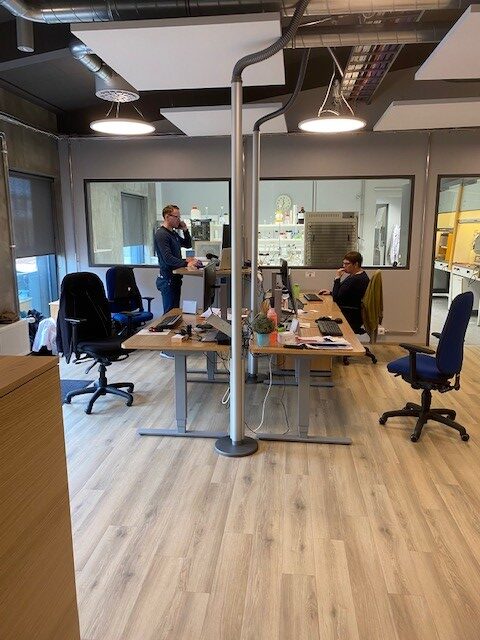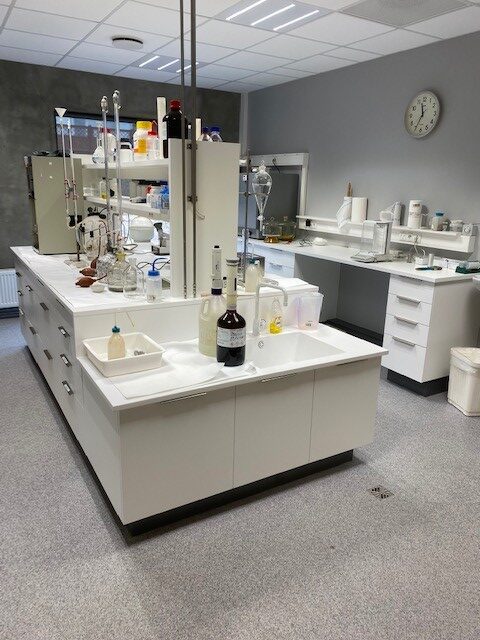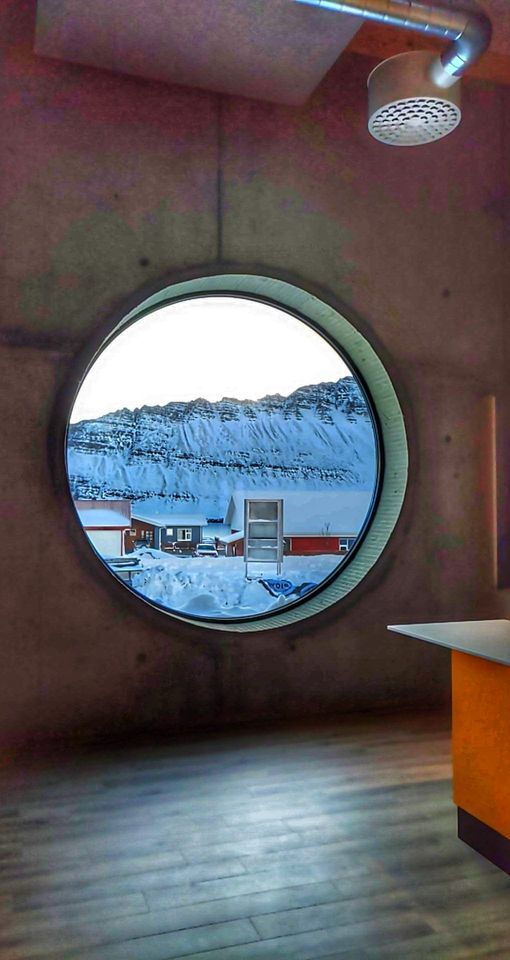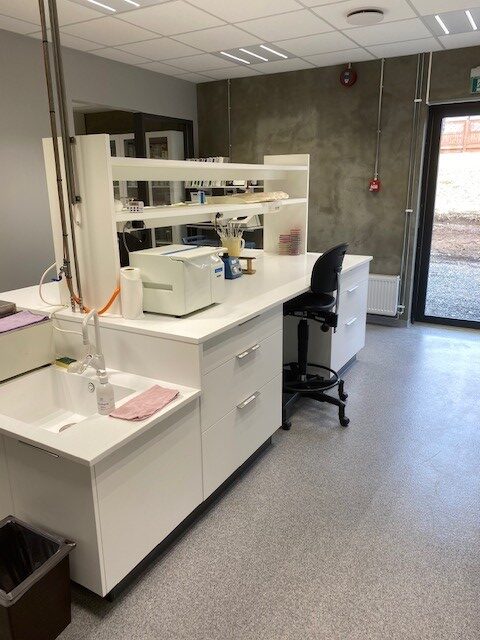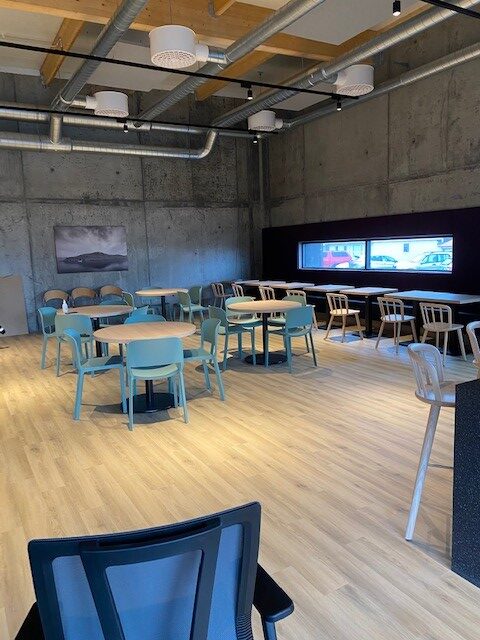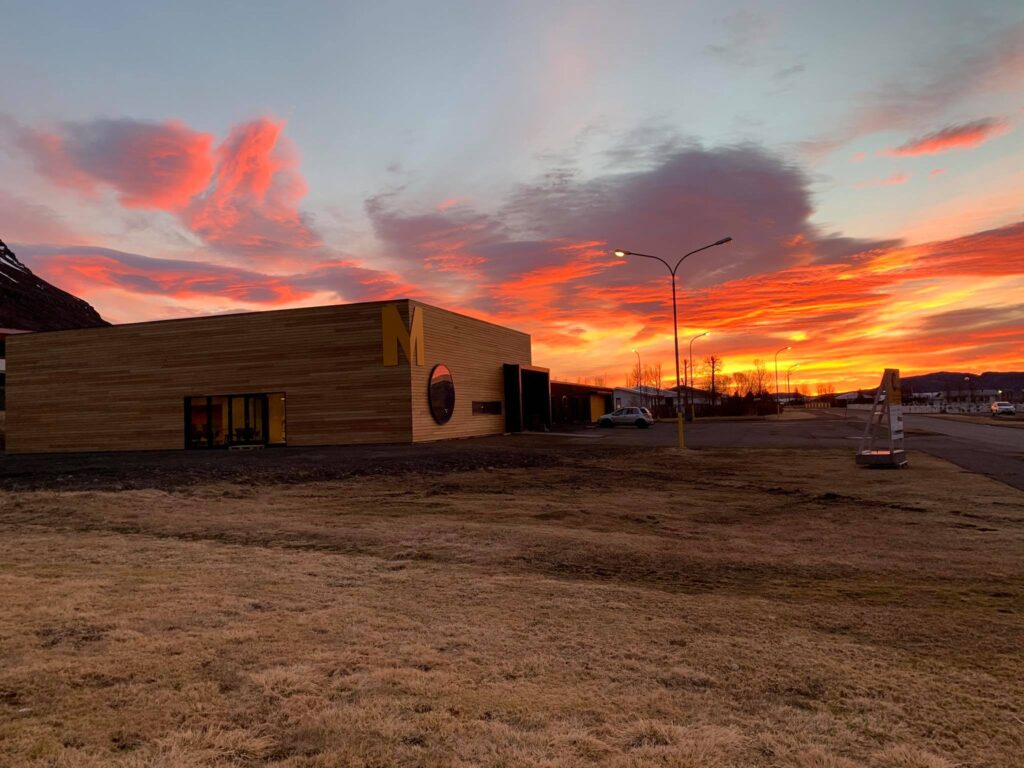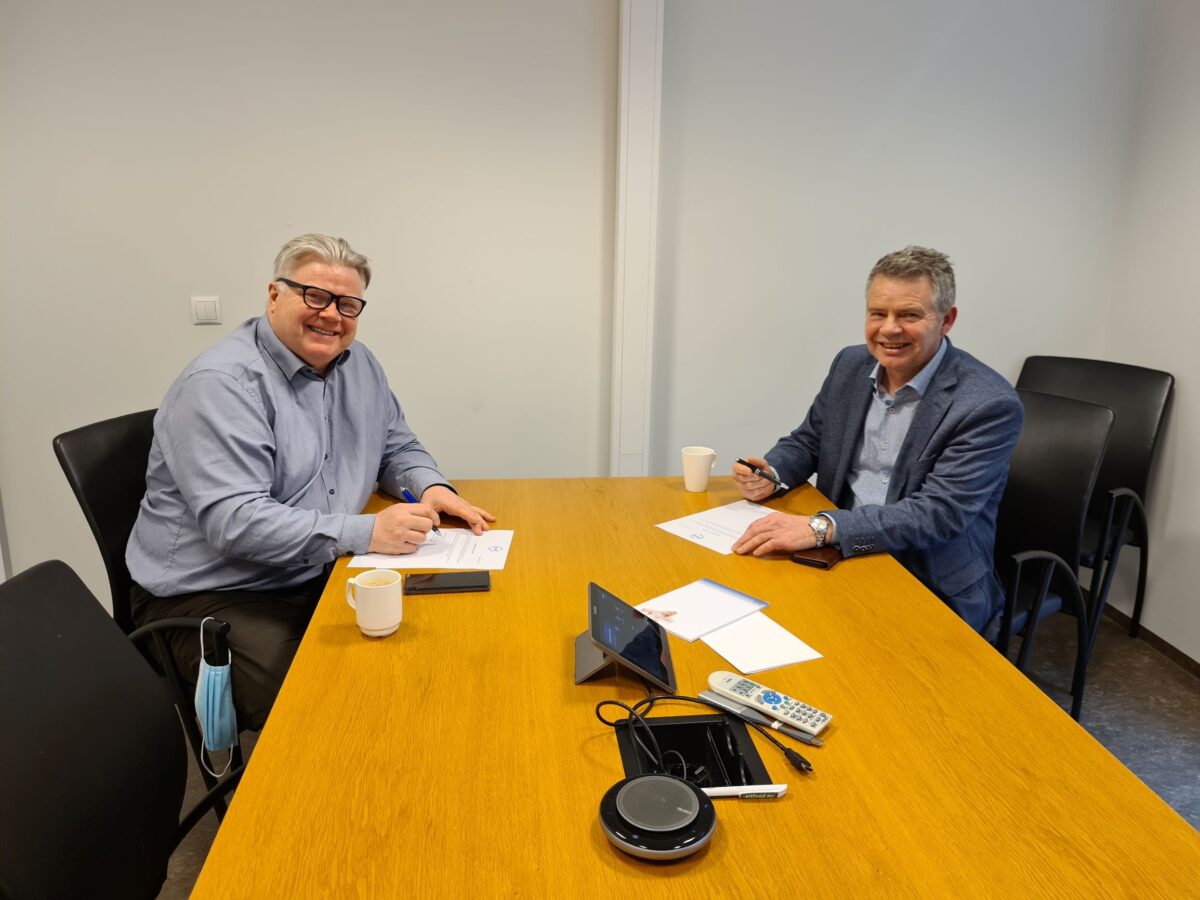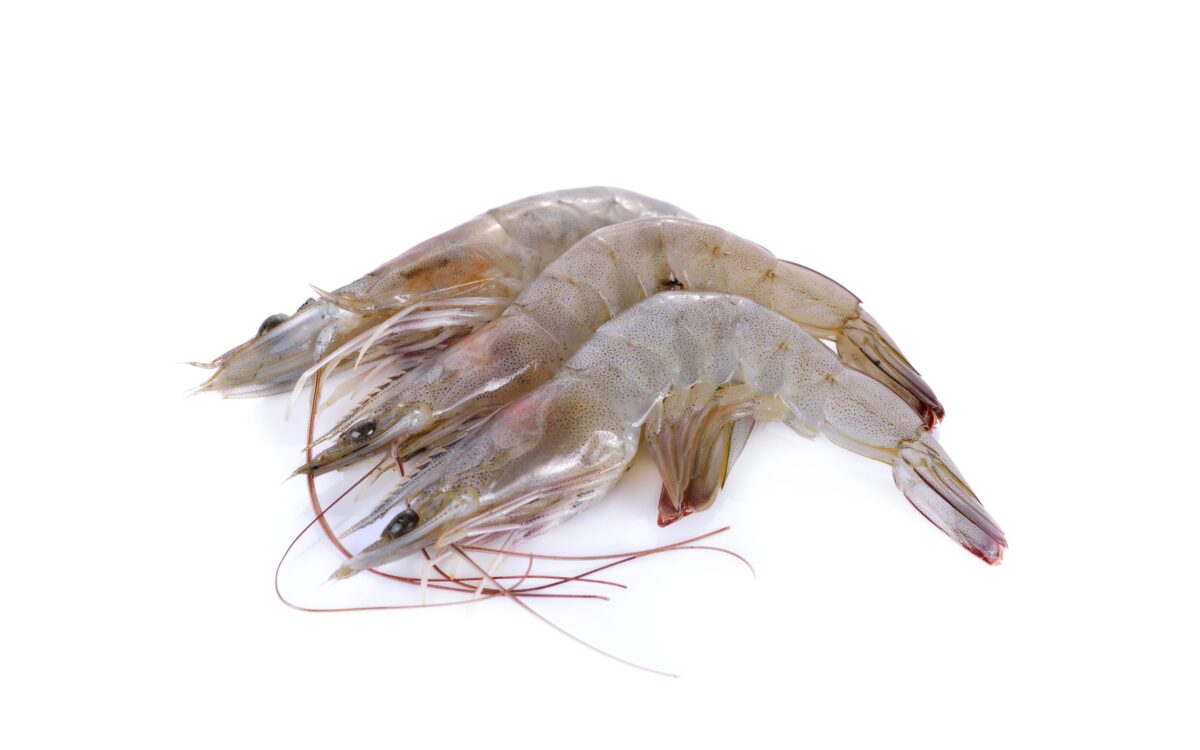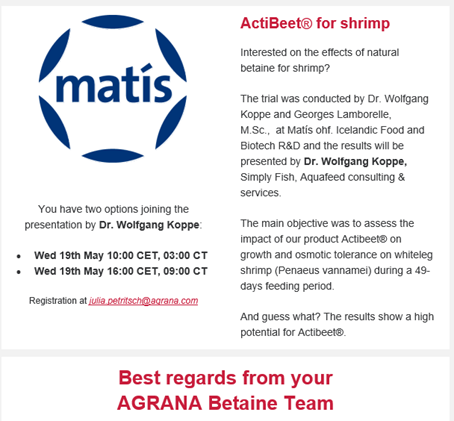Contact
Gunnar Þórðarson
Regional Manager
gunnar.thordarson@matis.is
Icelandic aquaculture is booming and the export value of the sector last year was over ISK 30 billion, and about ISK 11.5 billion in the first quarter of this year, or about 9% of total Icelandic exports. It is clear that there is great growth in aquaculture, which has already become one of the mainstays of exports, and it can be expected within a few years that the sector will yield similar values as cod does today. But behind this success are many well-paid jobs and significant derivative value creation. Aquaculture is important for many service companies that are now flourishing like never before. In addition, it can be added that aquaculture has developed in places where there had been stagnation and decline for decades, and that rural development in the Westfjords and Eastfjords has been completely reversed. Uterine culture is considered as the future solution for the food economy of the world and a great opportunity for the continued development of the industry.
In such circumstances, it is exciting to run a conference of aquaculture and breeding "Beach equipment" which will hopefully flourish and prosper with the growing success of the industry. It is precisely in such circumstances that the conference has gone through a renewal of life, now five years old, and the owners and board have been in agreement in that development. A new name has been adopted for Strandbúnað, which is now called Legal life and at the same time change the brand and appearance of the promotional material. Lögur is an old and good Icelandic word and covers both fire and cultivation. The English name of the conference is Aqua-Ice, but aqua is exactly the English word for law. We have defined aquaculture where fish are fed but cultivation is where marine animals are fed with nutrients that are already present in the ocean. Lagarlíf is a beautiful Icelandic name and therefore describes well the activities that the industries behind the conference are responsible for. The English name of the conference is and has been Aqua-Ice.
The conference was canceled last year due to Covid 19 but was postponed 28 - 29 October this year. It was hoped that Icelanders would have mastered the crown virus in such a way that it would be possible to hold a large conference. Lagarlíf will be held at the Grand Hotel in Reykjavík.
Lagarlíf will offer lectures on farming and cultivation, telling about the latest that is happening as well as introducing the industry to the outside world. Such a conference is also important for employees and managers to meet, compare their books and acquire new knowledge. The conference is no less important for industries that serve farming and farming, promote their services, meet producers and form relationships. One of the goals of the conference is to get it on the calendars of manufacturers and service providers and thus be an opportunity to meet, exchange views and present needs and solutions to increase the growth of export industries.
In connection with Lagarlíf this autumn, producers will hold a workshop of Nordic experts in salmon farming on 27 October. Experts from Norway, Sweden, Denmark, Finland, the Faroe Islands and Iceland will give lectures on all the latest developments in these fields. Salmon lice are a big problem and the fire costs large sums every year, both as damage and as a preventive measure. One of the ideas for the future is to enlarge the juveniles before they are released into the sea dock, thus shortening the time the salmon is in the sea dock. Juvenile farming is a coastal fishery that calls for great challenges and costs, but offers great opportunities for further value creation in the future. The workshop is sponsored by AG Fisk.
Over 90% of the carbon footprint of salmon production comes from the feed, not because of its transport, but because of the crowding effect of soybean cultivation, which is the mainstay of feed production. Although aquaculture is the most environmentally friendly food production of our time, there is still room for improvement and many exciting opportunities lie ahead. Cultivation of shellfish and algae, on the other hand, works with the environment and has a positive environmental impact. Many people see such cultivation as a future solution for the environmentally friendly food production of the future for mankind.
Gunnar Þórðarson, Managing Director
Halldór Halldórsson, Chairman of the Board

